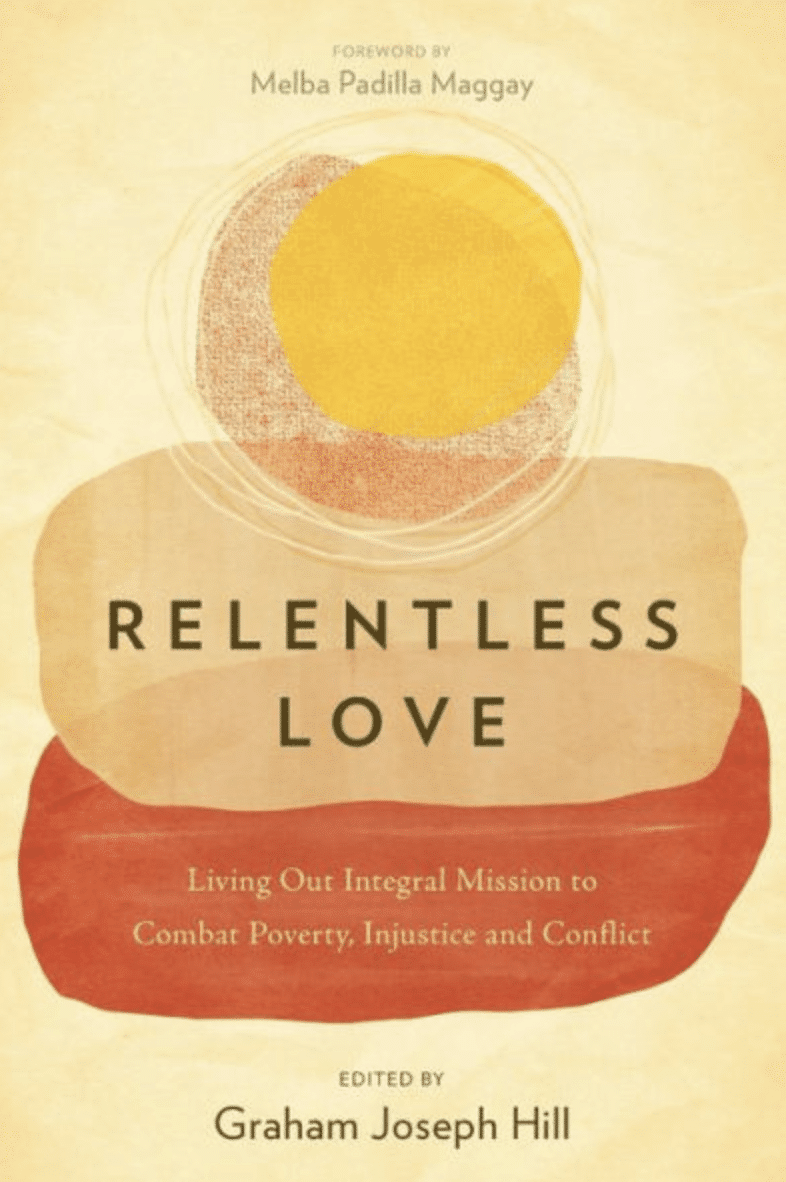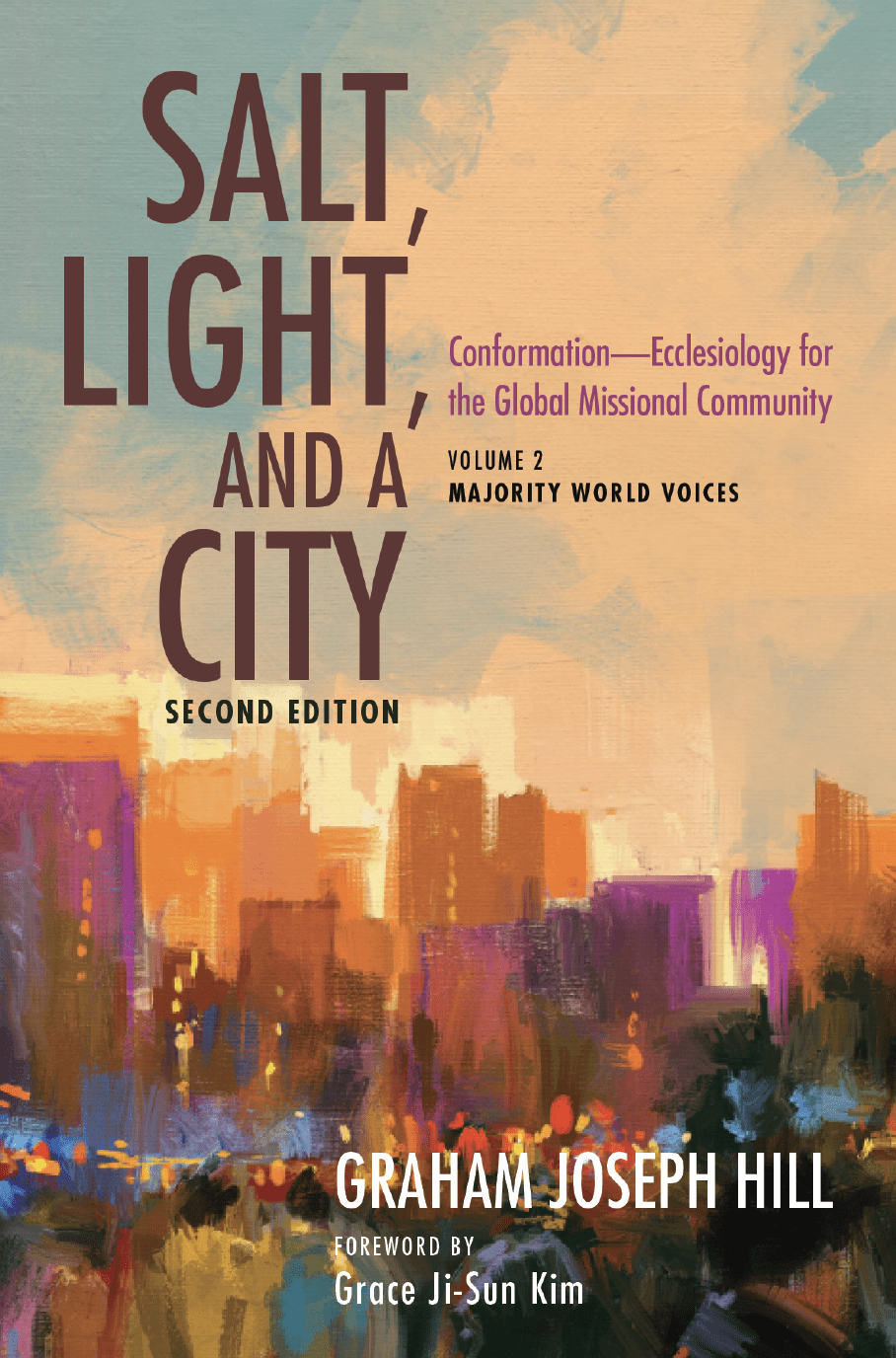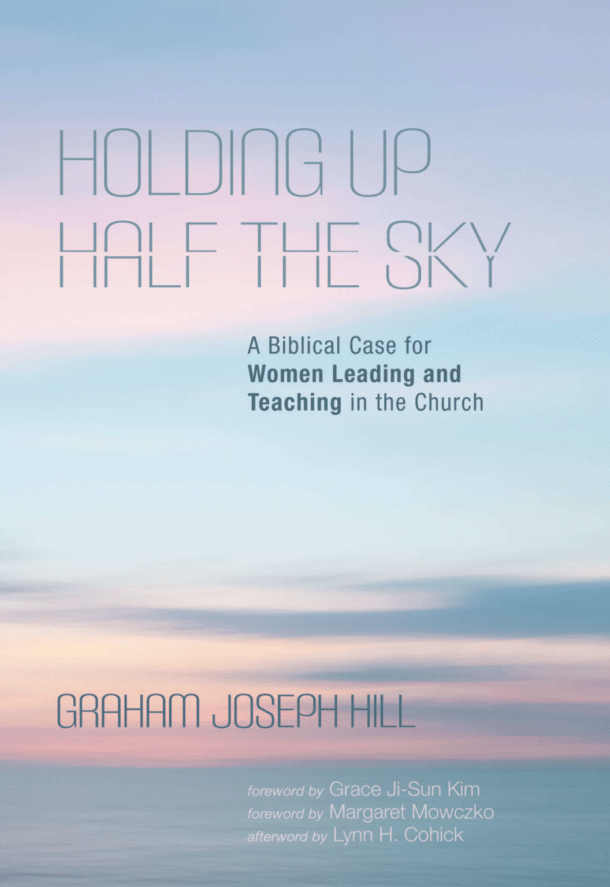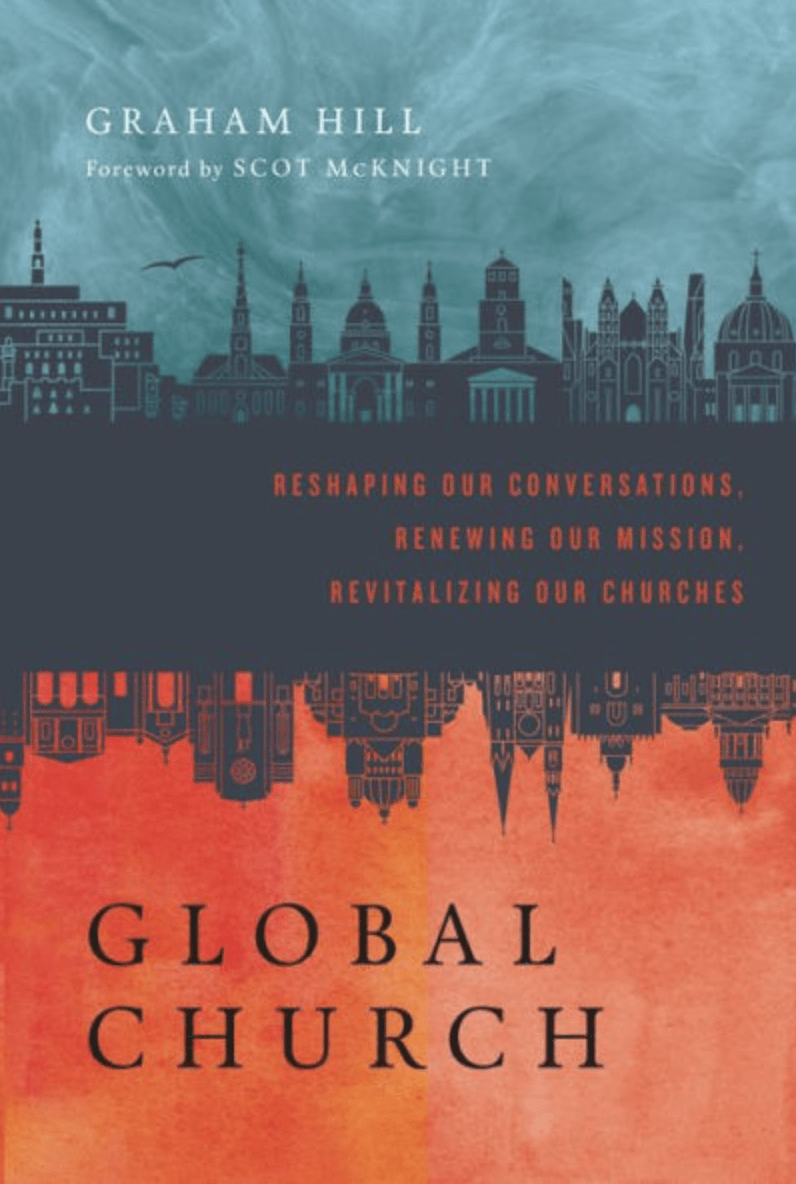The Great Barrier Reef is dying for green grace. The earth cries out for justice.
Long, lazy days, snorkeling on the reef, soaking up the sun, cruising at sunset, massages by the pool, and eating fruit platters on Whitehaven Beach.
The Great Barrier Reef is the largest living thing on Earth. More accurately, it’s an ecosystem made up of billions of tiny and larger organisms. The reef is visible from outer space. It’s a 2,250km-long ecosystem made up of 2900 individual reefs, 900 islands, and 1625 species of fish. The reef supports countless fish, turtles, molluscs (shells), sharks, dolphins, starfish, sea urchins, sharks, and whales.
But it’s dying.
After the worst mass bleaching on record, scientists claim that huge sections of the reef at dead. Some say the entire reef has died, or is in the process of dying.
The Great Barrier Reef Marine Park Authority says “22 per cent of the coral on the reef died due to the worst mass bleaching event on record.” 22% percent!
Rowan Jacobsen wrote an obituary to the reef (read it here). “No one knows if a serious effort at the time could have saved the reef, but it is clear that no such effort was made.”
The earth is dying for eco justice and green grace. But will church and society listen and respond in time?
Eco-justice can’t be separated from social justice. The earth is crying out, and the poor, displaced, and exploited cry out. The two are deeply connected. A Christian theology of justice draws ecological justice and social justice together. Neither is possible without the other.
As Wesley Granberg-Michaelson says, “The Spirit teaches us to go first to those places where community and creation are most obviously languishing, those melancholy places where the cry of the people and the cry of the earth are intermingled. [There] we meet Jesus, who goes before, in solidarity and healing.”[1]
Aruna Gnanadason reminds us that we need red grace, green grace, and brown grace.
Red grace is about the love of God demonstrated on the Cross. It highlights the human and ecological responsibilities we share as the people of the Resurrection.
Green grace is about the wisdom and healing and integrity of creation. It sees nature as an integral and self-organizing and beautiful gift from God. It values eco-justice and social justice. And it nurtures, protects, and works for the wellbeing of all creation.
Brown grace is about learning from the “traditions of prudent care.” Indigenous, eco-systems peoples have handed down these traditions to humanity. Brown grace is about seeing these practices as a grace from God.[2] This brown grace does not idealize indigenous and first peoples as ecologists. Instead, it seeks to assess their contributions. It regards indigenous practices as a grace for our planet and our environmental stewardship, at a time when we’re guilty of over-consumption and environmental exploitation and devastation.
Here we can especially learn from women’s concrete and daily and local struggles for the wellbeing of their communities and their environments. We need to learn from these women. Gnanakan provides examples from the Vacaia Project in Brazil, tribal women in Iran, and the Chipko women of India.[3]
We need to emphasize the ecological perspectives in Scripture, and find ways for local churches to engage in creation care. God has given us this earth to nurture, protect, lead, and sustain. He has a redemptive and restorative plan for humanity and the creation.
In the words of Rosemary Radford Ruether, “a healed ecosystem—humans, animals, land, air, and water together—needs to be understood as requiring a new way of life, not just a few adjustments here and there… One needs pioneering ecological communities that demonstrate a new way of life in which the community as a whole lives in an ecologically sustainable way.”[4]
The earth, including the Great Barrier Reef, is dying for eco-justice and grace.
Will we respond in time?
Graham Hill
Dr Graham Hill is the Founding Director of The GlobalChurch Project – www.theglobalchurchproject.com. He’s the author of “GlobalChurch: Reshaping Our Conversations, Renewing Our Mission, Revitalizing Our Churches” (IVP, 2016), and 3 other books.
© 2016 All rights reserved.
Copying and republishing this article on other Web sites, or in any other place, without written permission is prohibited.
[2] Gnanadason, Listen to the Women! Listen to the Earth! 81–106; Jay McDaniel, “The Sacred Whole: An Ecumenical Protestant Approach,” in The Greening of Faith: God, the Environment and the Good Life, ed. John E. Carroll, Paul Brockelman, and Mary Westfall (London: University Press of New England, 1997). 114–15. See: Aruna Gnanadason, “Yes, Creator God, Transform the Earth! The Earth as God’s Body in an Age of Environmental Violence,” Ecumenical Review 57, no. 2 (2005).
[3] Gnanakan, God’s World. 150–65.
[4] Rosemary Radford Ruether, “Religious Ecofeminism: Healing the Ecological Crisis,” in The Oxford Handbook of Religion and Ecology, ed. Roger S. Gottlieb (Oxford: Oxford University Press, 2006). 373.
Want to get your hands on more, see our subscriptions
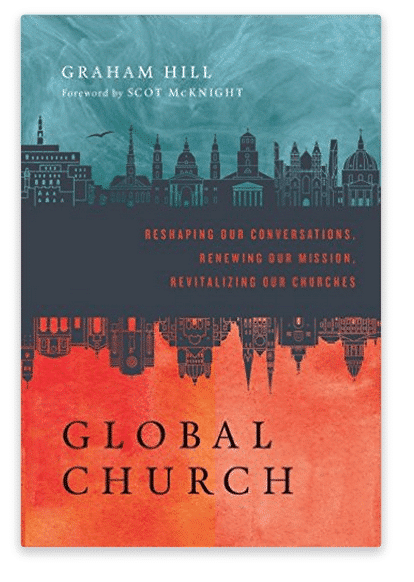
GlobalChurch Book & Study Guide
Don’t forget to buy Graham Hill’s book, “GlobalChurch.” It includes a comprehensive Study Guide for small group and classroom settings.
Comment Policy: Please stay positive with your comments. If your comment is rude, it gets deleted. If it is critical, please make it constructive. If you are constantly negative, aggressive, a troll, or a hater, you will get banned. The definition of terms is left solely up to us.
